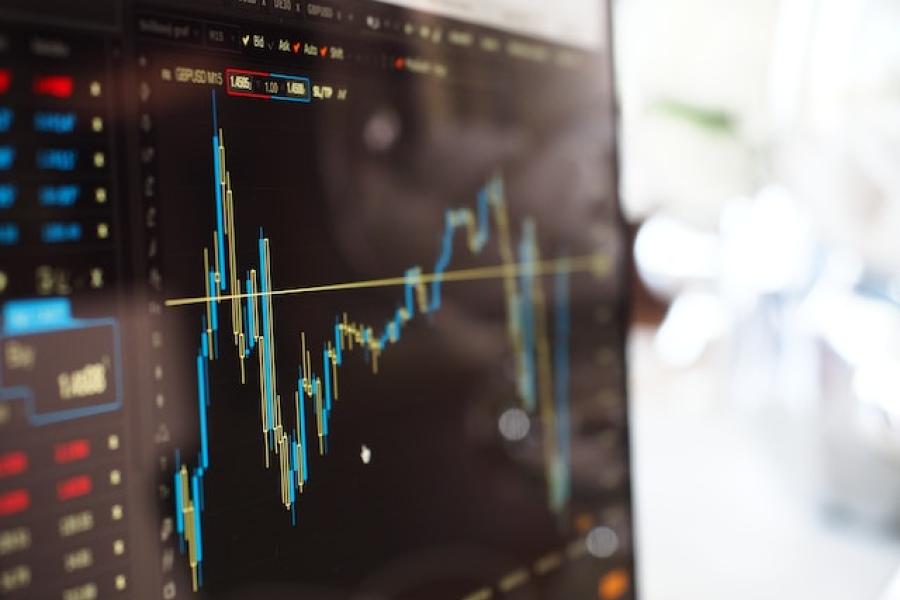Key European Gas Themes in 2024
As Europe braces itself for another winter, reminiscent of the challenges faced last year, the continent is grappling with a unique set of circumstances that could shape the gas landscape in 2024. Despite an early cold snap in January, a departure from the aggressive price spikes of the previous year suggests a new normalcy. Here are some key themes that may define the European gas market in 2024:
EU Gas Hub Volatility: Volatility remains a constant companion in a dynamic economic landscape, often indicative of market uncertainties. In the aftermath of a substantial reduction in Russian gas flows, the global gas market has experienced a reorientation from East to West. While prices have moderated, instances like the Australian LNG strikes and the Israel-Gaza conflict emphasise that Europe is no longer ringfenced by Gazprom. In 2024, while prices may be lower, volatility is expected to persist, signalling the reality of a post-Russian gas era.
Ukraine Transit Agreement Expiration: The expiration of the Ukraine transit agreement adds a layer of complexity to Europe’s gas dynamics. The EU’s previous eleventh-hour gas deal between Ukraine and Russia feels like a recent memory, yet the prospects for a renewed agreement appear uncertain. Despite political pressures from certain EU member states to engage in negotiations with Russia’s Gazprom, Kyiv may choose not to extend the agreement. The current political situation makes it increasingly unlikely for the EU, Ukraine, and Russia to broker a new deal, raising questions about the future of Russian gas transit through Ukraine.
Structural Changes in Gas Flows: The structural changes in global gas flows, particularly the shift from East to West, continue to reshape energy markets. The reduction in Russian gas flows has prompted a diversification of gas sources for Europe. This structural transformation has contributed to the moderation of prices, but it also underscores the vulnerability of energy markets to geopolitical events. Market participants need to navigate the evolving landscape of gas supply and demand patterns, considering the impact of unforeseen global events on European energy security.
Record High Storage Fill and Subdued Demand: Contrary to the previous year, Europe is experiencing a retreat in gas prices despite an early cold snap and the anticipation of an extended heating season. Record high storage fill and subdued demand have played a role in mitigating price volatility. Market participants must closely monitor storage levels and demand patterns to gauge the resilience of the European gas market against external shocks.
2024 presents a unique set of challenges and opportunities for participants in the European gas market. The departure from the reliance on Russian gas brings about a new era characterised by lower prices but sustained volatility. The expiration of the Ukraine transit agreement and ongoing geopolitical tensions further contribute to the uncertainty. Navigating this landscape requires a keen understanding of global gas flows, storage dynamics, and the geopolitical factors influencing European energy security.
* https://www.icis.com/explore/commodities/energy/?intcmp=commodities-natural-gas_energy















